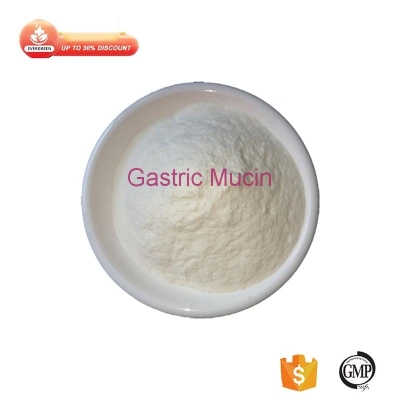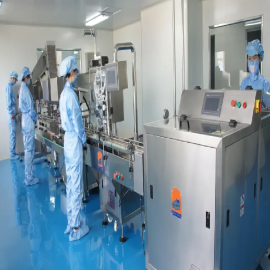-
Categories
-
Pharmaceutical Intermediates
-
Active Pharmaceutical Ingredients
-
Food Additives
- Industrial Coatings
- Agrochemicals
- Dyes and Pigments
- Surfactant
- Flavors and Fragrances
- Chemical Reagents
- Catalyst and Auxiliary
- Natural Products
- Inorganic Chemistry
-
Organic Chemistry
-
Biochemical Engineering
- Analytical Chemistry
- Cosmetic Ingredient
-
Pharmaceutical Intermediates
Promotion
ECHEMI Mall
Wholesale
Weekly Price
Exhibition
News
-
Trade Service
The chemical industry is a vast and sprawling field that involves the production and manufacturing of a wide variety of chemical products.
These products are used in a wide range of applications, including in the production of consumer goods, industrial equipment, and pharmaceuticals.
One of the key drivers of the chemical industry is the development of new and innovative chemical products, and one such product is 3,3-Bis(4-hydroxyphenyl)phthalide (BHPP).
BHPP is a synthetic chemical compound that is commonly used as a raw material in the production of a variety of downstream chemical products.
It is a colourless liquid with a slightly sweet odour, and it is known for its excellent thermal stability, high solubility in solvents, and low toxicity.
These properties make it an ideal starting material for a range of chemical manufacturing processes.
One of the most important downstream products of BHPP is resorcinol, which is a white or almost white, odourless, crystalline powder that is highly soluble in water.
Resorcinol is used in a wide range of applications, including as a reducing agent in the production of dyes, as a precursor in the production of alkylresorcinols and phenolic resins, and as an intermediate in the production of pharmaceuticals, agrochemicals, and personal care products.
Another important downstream product of BHPP is salicylic acid, which is a white, odourless, crystalline powder that is highly soluble in water.
Salicylic acid is used in a wide range of applications, including as a topical anti-inflammatory and anti-bacterial agent in the treatment of skin conditions, as a preservative in food and beverages, and as a catalyst in the production of polyurethane foams.
BHPP is also used as a starting material in the production of other downstream chemicals, including 2,4-dihydroxylbenzophenone (DHBP), which is used as a photobiocatalyst in water treatment processes, and 4-hydroxyphenylacetic acid (HPA), which is used as a starting material in the production of a variety of chemical products, including alkylphenols, naphthols, and phthalic acids.
In addition to its use as a starting material for the production of downstream chemical products, BHPP is also used in a variety of other applications.
For example, it is used as a flame retardant in plastics and textiles, as a UV absorber in sunscreen products, and as an antioxidant in a variety of industrial and consumer products.
The production of BHPP is a complex and multi-step process that involves several different chemical reactions.
The process typically involves the use of several different chemical reagents and catalysts, and it requires strict control over temperature, pressure, and other process parameters to ensure the desired yield and purity of the final product.
The production of BHPP is a highly energy-intensive process, as it involves the use of heat, electricity, and other forms of energy to drive the various chemical reactions involved in its production.
As such, the production of BHPP has a significant impact on the environment, and there is a growing trend towards the development of more sustainable and environmentally friendly production processes.
Overall, 3,3-Bis(4-hydroxyphenyl)phthalide is a versatile and important chemical compound that is used in a wide range of applications, including in the production of downstream chemical products such as resorcinol and salicylic acid.
The production of BHPP is a complex and energy-intensive process, but it is an important contributor to the chemical industry and has a significant impact on the production of a wide range of chemical products.







